Rita El Khoury / Android Authority
Google flooded I / O 2022 with the announcement of hardware. I had already expected the Pixel 6a and Pixel Watch to be available, but I was surprised that the Pixel Tablet promised to return to the tablet ecosystem. Google is currently putting their fingers on a variety of pies, from smartphones to earphones, tablets to smartwatches, smart home devices to laptops, and in the future to foldable devices.
That raises the question: is Google anticipating itself by pushing into new product categories all at once? Or are you finally serious about creating a cohesive ecosystem that is nailed to T? Android AuthorityAdamya and Rita present both sides of the discussion.
Our guide: Everything you need to know about Google hardware
Google’s “world of help” may need its own help (Adamya)
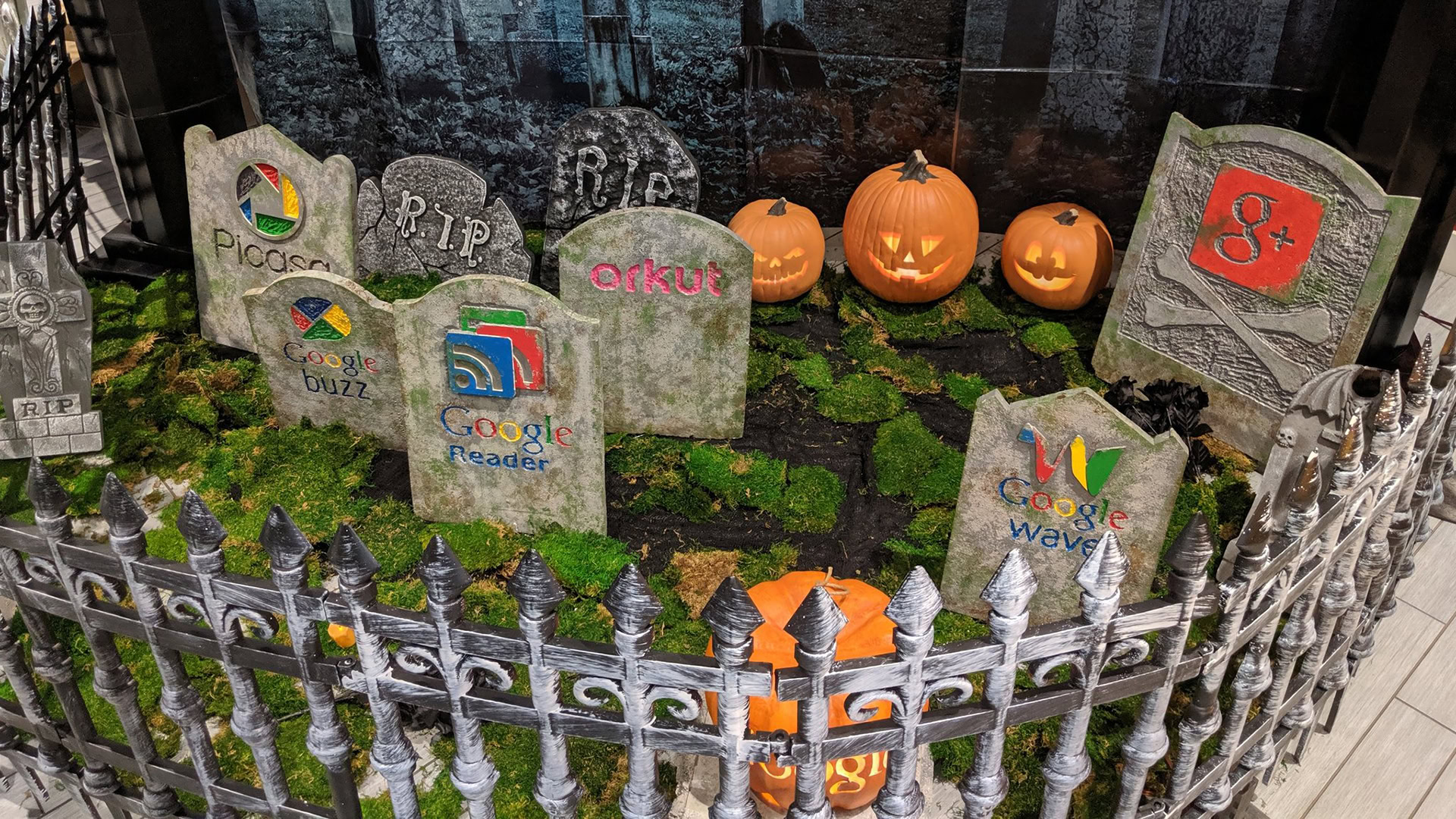
Google has done what it can expect from its prestigious tech company. We announced our entry into the smartwatch and re-entry into the Android tablet industry. But the writer doubts whether the Mountain View giant can bring out all these new form factors and sustain them for years.
Google seems to be building things without a bigger vision of where they are heading.
Google’s parent company, Alphabet, has long been waiting for this hardware splash. This could make the Apple Watch the ultimate Android tablet, in addition to the Android smartwatch that works as well on Android smartphones as the iPhone. The iPad rival we’ve always wanted. But Google has a history of jumping over guns and turning back on that big promise. Therefore, there is something called Google Graveyard. The eerie landscape of countless products that Google was once enthusiastic about, such as the Nexus Player and Chromecast Audio, and then abandoned along the way. Google seems to build things without a bigger vision of where they’re heading, and kill them because of a lack of commitment.
Don’t get me wrong. Google definitely has the power to do everything. Rita explains a little about why. If last year has passed, the company has proved to be successful in its flagship smartphone space. However, recent hardware wins are not a sign of the future.
Complaints about the Pixel 6 have flooded Reddit’s chronicles over the last few months.
In 2020, a year before the Pixel 6 came out, Alphabet admitted that hardware sales were declining. And while Google is parading a new victory, Pixel 6 owners are never happy. Since the start of the series in October 2021, there have been a series of unstoppable bugs. Reddit’s chronicles have been flooded with complaints about disconnecting calls, broken Wi-Fi, and more for months. Some companies say they are offering high kickbacks to their sales reps just to launch the Pixel 6.
With the Pixel Watch and tablets just around the corner, Google’s software team will be fully committed to developing Android for large and small screens. Issues arise with new products that require more attention than existing products, especially if the team can provide quality updates across devices.

Google ignored smartwatch software for years before Samsung came out, and last year brought it to life with Wear OS 3. The success of GalaxyWatch4 is a great proof of what things should have been and what Google was doing from the beginning. Resources, for years, have been unable to do justice to the landscape of Android smartwatches.
The Pixel Watch is a software litmus test that Google has long ignored.
However, despite Samsung’s involvement, there is not much momentum in the development of WearOS 3. Some existing smartwatches are supposed to get an upgrade, but that hasn’t happened so far. The new and improved Wear OS has so far only been on the Galaxy Watch 4. The Pixel Watch is a software litmus test that Google has long ignored. While it’s possible to see the real wonders of WearOS 3 on Google’s wearables, the company’s silence about the future of software and its contaminated update history hasn’t stimulated confidence so far.
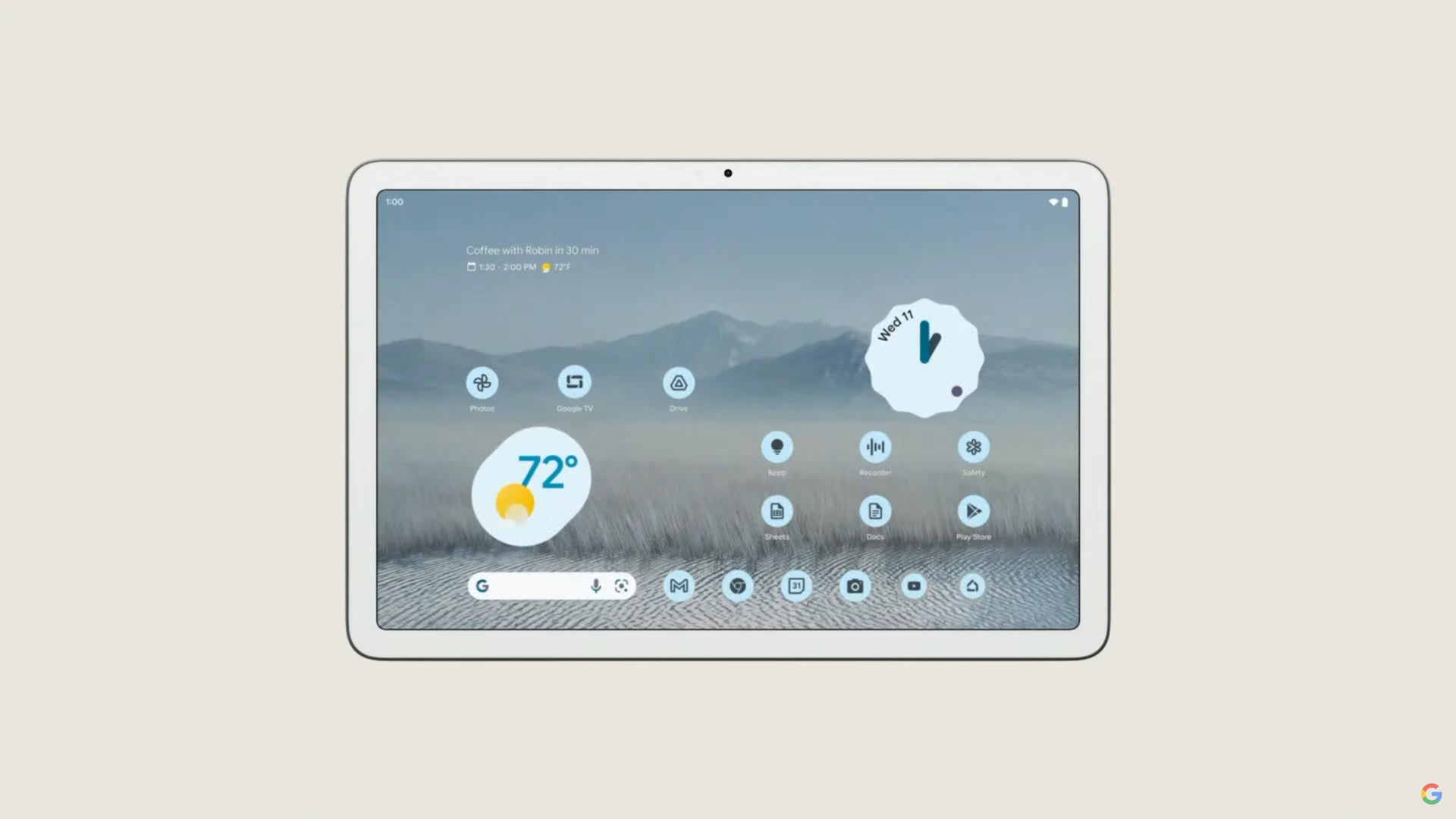
Suddenly, not so long ago in 2019, Google launched and stopped the tablet market.
When it comes to Pixel tablets, Google has been off the bus for years. Its last tablet, the Pixel Slate with Chrome OS, was released five years ago. There was a lot to do with this device, but its expensive price tag and software bugs couldn’t even discontinue the 12.9-inch iPad Pro. Then, suddenly, not so long ago in 2019, Google decided to launch and quit the tablet market and instead double its laptop portfolio.
Three years later, Google once again favors tablets, calling the Pixel tablet “the most useful tablet in the world.” But I don’t think it will happen. Even Google’s more focused efforts can’t convince me that it can close the market gap between Android tablets and iPads. Yes, copying from a Pixel smartphone to a tablet etc. is cool, but it may not be enough to shake tablet buyers who know it will take years to get a $ 329 iPad and replace it. Maybe. With a new one. For Pixel tablets to become fully popular, Google must first be fully committed to the tablet ecosystem and not abandon it as it did last time. And it’s not just about updating the app to fit your tablet screen.
Go further: On Android 12L, Google needs to set an example
For now, I think the push for the entire Google ecosystem may be too fast. But my colleague Rita has some very useful points in favor of Google. This is how she feels the company will succeed in a new venture.
Everything is in place for the ultimate success of Google’s ecosystem (Rita)
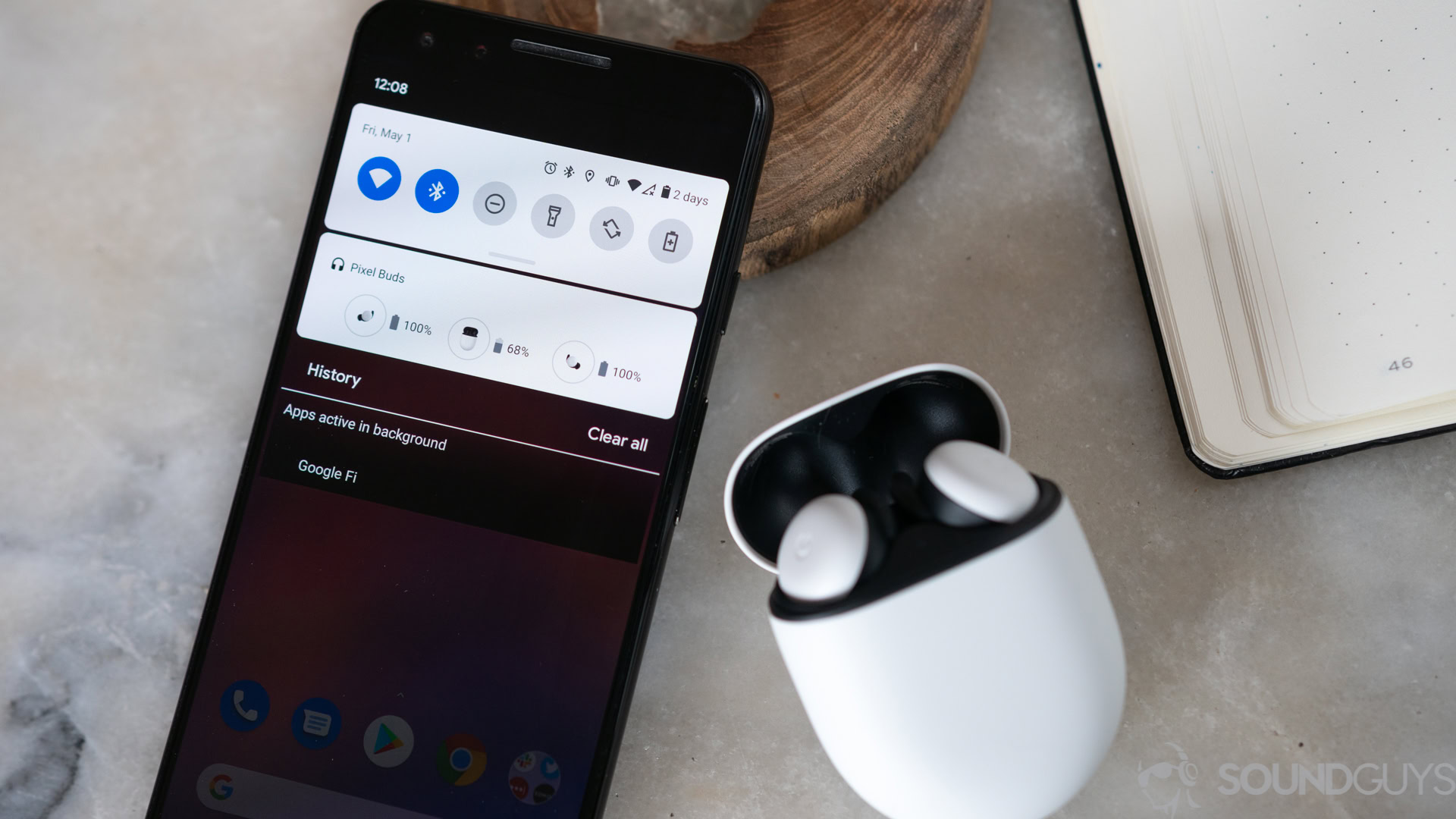
The practical aspects of my brain agree with all the points that Adamya has raised. Google has historically attracted Dolly’s attention (of Finding Nemo and Finding Dory’s fame) for its illustrious new projects. We also have bugs and issues with all shipped hardware and software products. Previous attempts to crack the tablet and wearable market have been less successful. And the communication between the various teams was laughing and bad for years. Take a look at the status of your messaging app — there are 6 of them!
In addition to all this, Google needed to strike a balance between defending its brand and satisfying partners in the broader Android ecosystem. If a company begins to take a larger part of the pie, it will push things like Samsung and Xiaomi away, with more fragmentation, less market power, and ultimately a very lucrative advertising business revenue decline. There is a possibility of connecting.
Promoting this focused ecosystem is exactly what we needed and when it happened.
That’s why Google isn’t the first name that comes to mind when thinking about a cohesive ecosystem and an integrated experience for the entire product. Apple is. But that’s exactly why I don’t think this ecosystem is going too fast or too fast. In fact, that’s what we needed and when it happened.
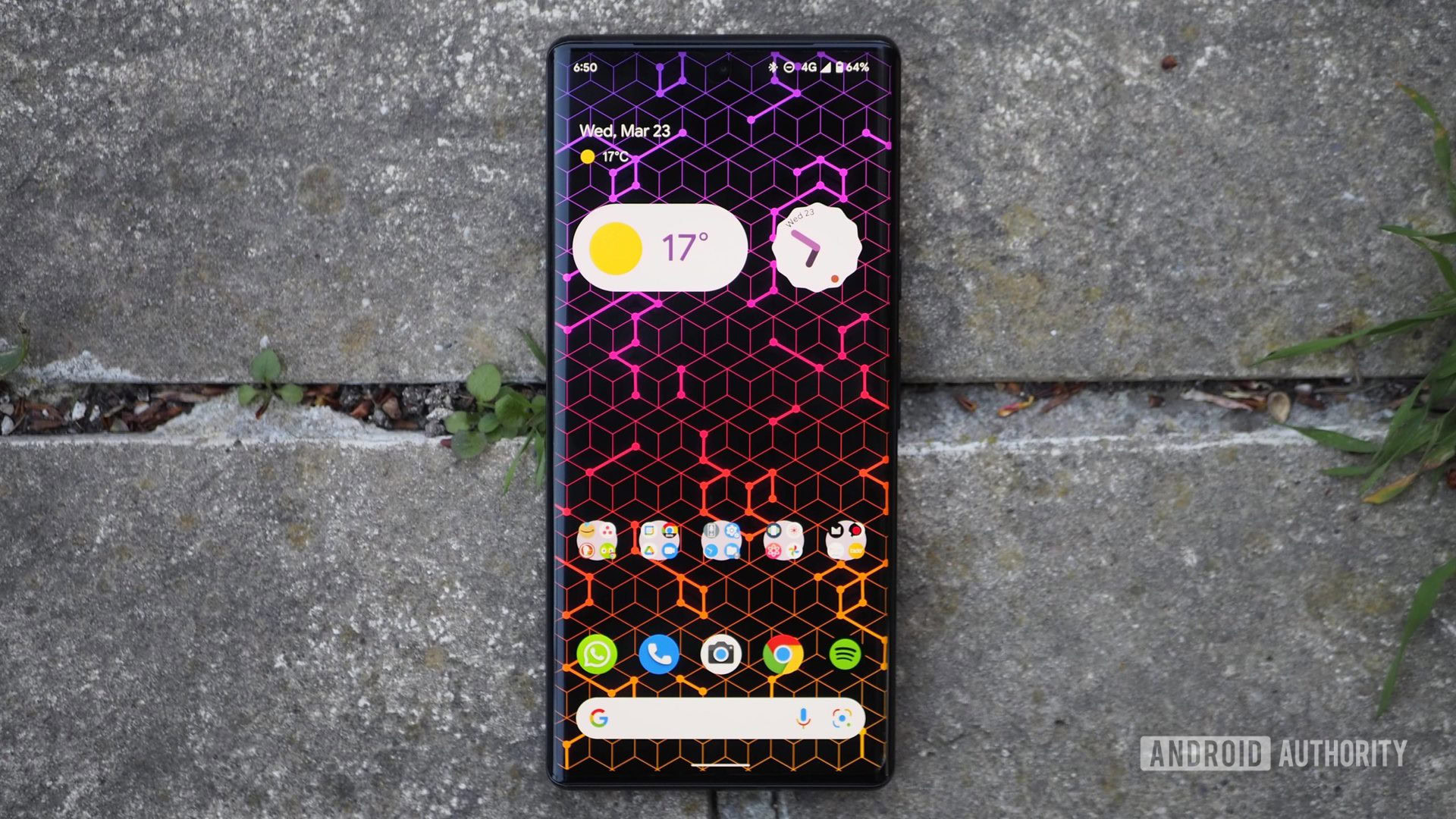
Rita El Khoury / Android Authority
For the first time in a few years, Google seems to continue with most hardware ducks. The Pixel 6 is the best-selling Pixel to date, with both Pixel 4 and Pixel 5 combined to grow in less than eight months. The cheaper Pixel’a’ lineup has been well received for several years, paving the way for an overall superior midrange device. With a new custom Tensor processor, an impressive camera and an attractive price, the company has the secret of success that can be repeated for several years to solidify its presence in the smartphone space.
reference: Pixela and Galaxy A series have entered the golden age of mid-range smartphones
But that’s just part of the story. With the purchase of Fitbit and a recent collaboration with Samsung on Wear OS, Fitbit has established a position in the wearable market like never before. For years, we had to rely on several third-party smartwatch makers (such as TicWatch) and fashion brands (such as Fossil) to turn our vision into a physical product. The changes in Google’s wearables are similar to what we saw when we moved from the Nexus brand to the Pixel brand. Now Google can shape its own vision into a product that it has full control over.
The changes in Google’s wearables are similar to what we saw when we moved from the Nexus brand to the Pixel brand.
In terms of software, things have been looked up for the first time in a while. Sure, we had to say goodbye to some beloved services and enthusiast projects, but that brings a more streamlined and focused effort for Google. We’ve seen tablet software get the long-awaited attention on Android 12L, and we expect further improvements in the future. I’ve witnessed most of Google’s apps being updated to Material You in the coming months. This is a similar change used a few years ago in the era of Holo and the original Material Design.
Google’s hardware and software, like Apple’s spirit, are becoming inseparable.
Google has also clearly strengthened its software-centric approach to hardware products. Thanks to quarterly feature drops, more AI-based camera and calling (and other) features, and deeper Google Assistant integration, Pixel devices continue to improve throughout the ownership cycle. This means a tight integration of hardware and software. Like Apple’s overall spirit, the two are inseparable.
read more: It’s time to abandon our charm with our annual upgrade cycle
Google should have promoted a more integrated Pixel ecosystem many years ago, but it’s still not too late. In fact, I can claim that it is now or never. Apple has already established itself as the standard for a tightly cohesive experience across devices, but many other Android makers are also trying to build their own mini-wall gardens. Samsung has a Buds and Watch and Health platform, and Xiaomi has a smart home portfolio. Please list some. Even the most enthusiastic Pixel fans run the risk of losing if Google doesn’t currently offer a similar experience.
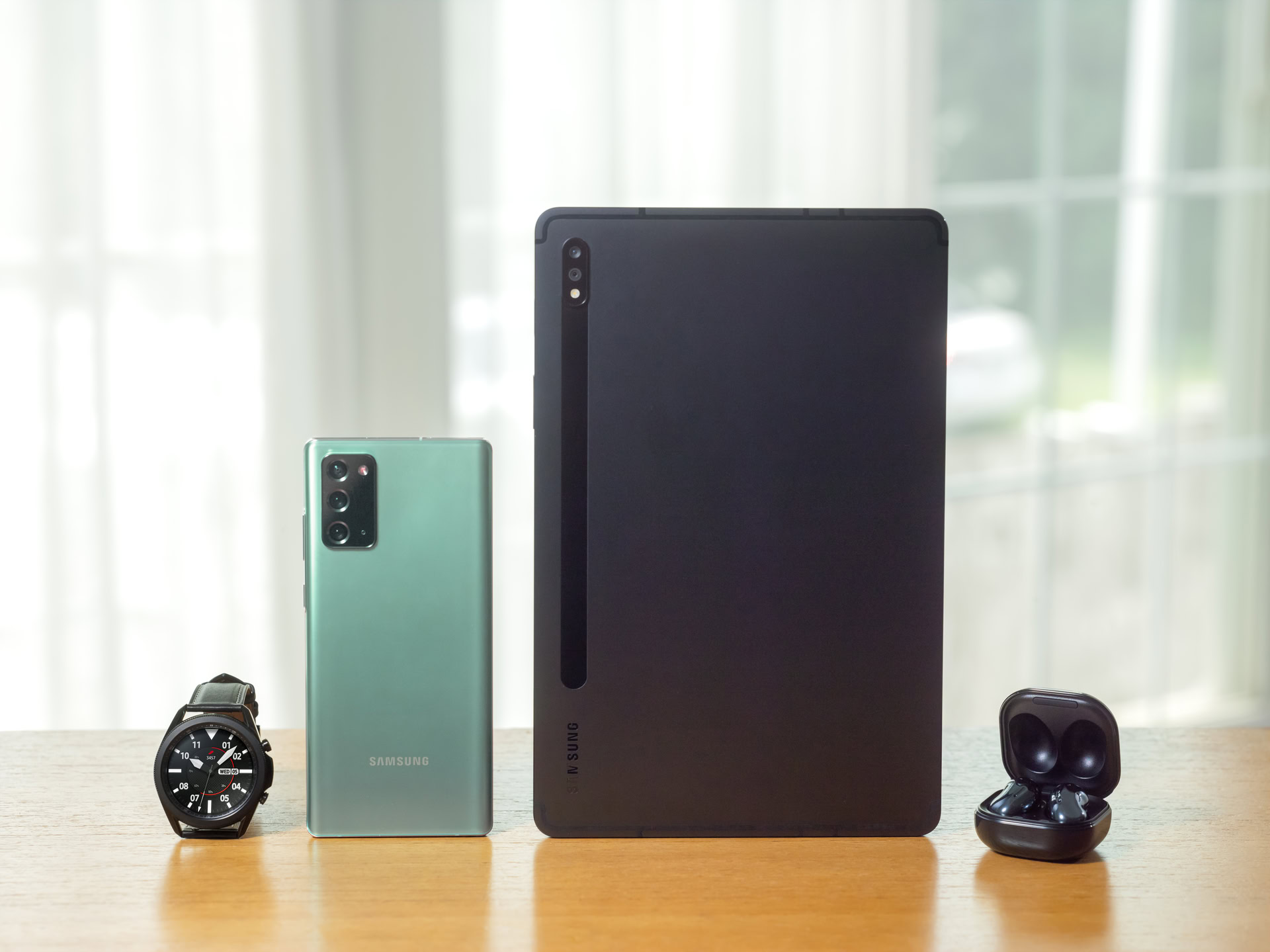
Competing with Samsung and Xiaomi is not the goal. I don’t think that’s the case, and I don’t think Google has the logistics to make it happen. But in Android’s epic plan, the tightly linked Pixel product line-up will be a beacon that paves the way for other manufacturers, showing what they can and should do for the best experience.
The tightly linked Pixel product lineup could be a beacon that paves the way for other Android makers.
If there’s a company that can move from manufacturing phones and a few other sparse products to building a fully integrated ecosystem, it’s Google. It has resources, know-how, seems to be more focused than ever, and the stars aren’t as aligned as they are now.
Of course, there are countless bugs and hardware failures. Of course, they are amplified disproportionately (similar to those related to the Pixel), but if they work, the Pixel ecosystem provides a fun experience. And Google will continue to learn and improve for generations, as it has always done. I choose to believe in the positive consequences of this effort. What about you?
Is Google’s ecosystem pushing too fast?
268 votes

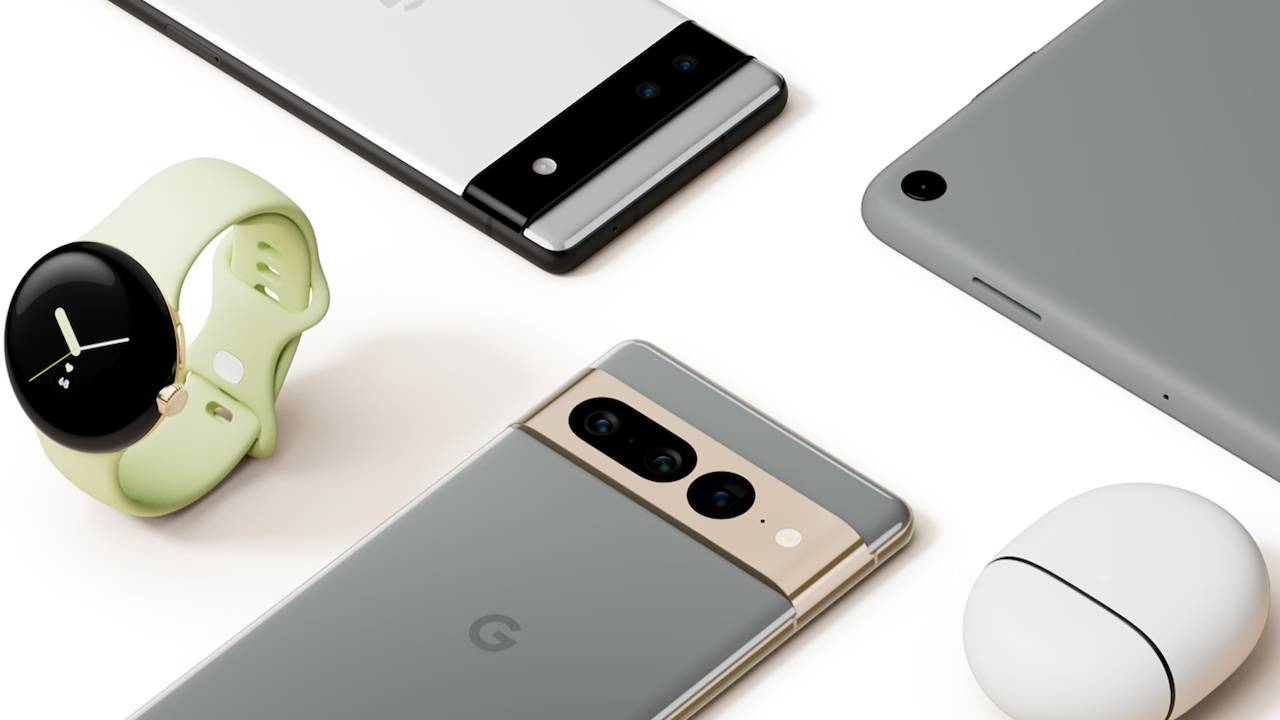
Commentaires
Enregistrer un commentaire